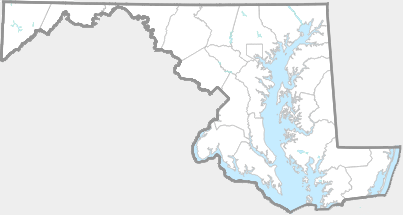












American Phragmites, which is related to its non-native subspecific relative Phragmites australis australis from Europe, favors natural wetland systems. The native phragmites is unlikely to be found in disturbed habitats or mitigation areas.
"Populations of native P. australis occur along the major rivers of the eastern shore of Maryland, particularly the Choptank and Nanticoke Rivers, and were common along river and creek edges and typically less dense than introduced P. australis... The presence of so many populations of native P. australis on the eastern shore of Maryland is unique today as the subspecies has all but disappeared from much of its historical range along the Atlantic Coast" (Meadows & Saltonstall, 2007).
Navive phragmites is not as tall as its non-native relative, which can be as much as 18 inches high. Both plants have tufts at the top.
Native Phragmites plants can be distinguished from introduced phragmites by several charactersistics: Native plants senesce before introduced ones, which remain green well into November; a maroon or bright yellow culm color distinguishes native plants from the non-native color; leaf sheaths remain attached to culms in non-native plants whereas native plants natives tend to drop their leaves and leaf sheaths after senescing; and native plants may have black spots near the nodes (Blossey 2002, Saltonstall et al. 2004) (Meadows & Saltonstall, 2007).
There are 16 records in the project database.
| GA | AL | WA | FR | CL | MO | HO | BA | BC | HA | CE | PG | AA | CV | CH | SM | KE | QA | CN | TA | DO | WI | SO | WO |